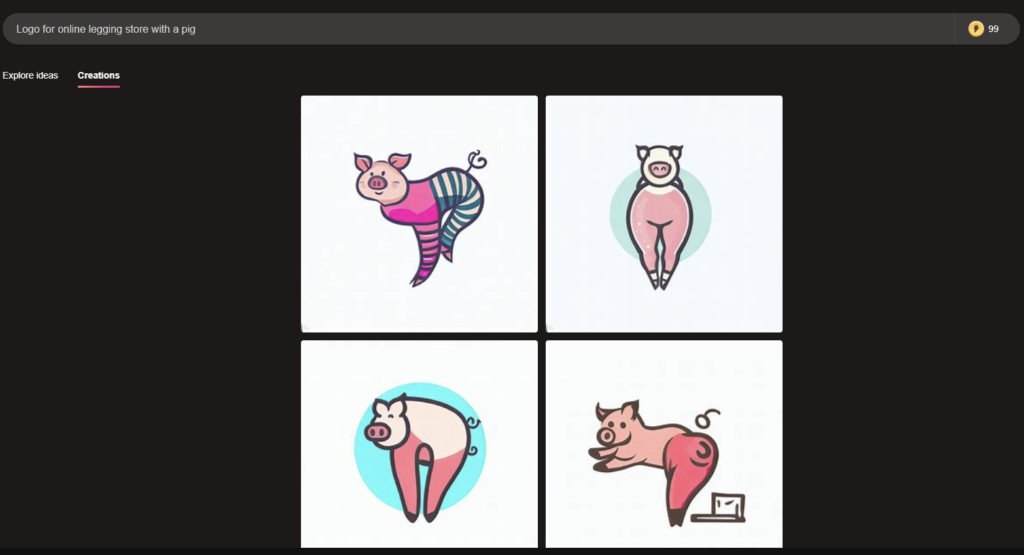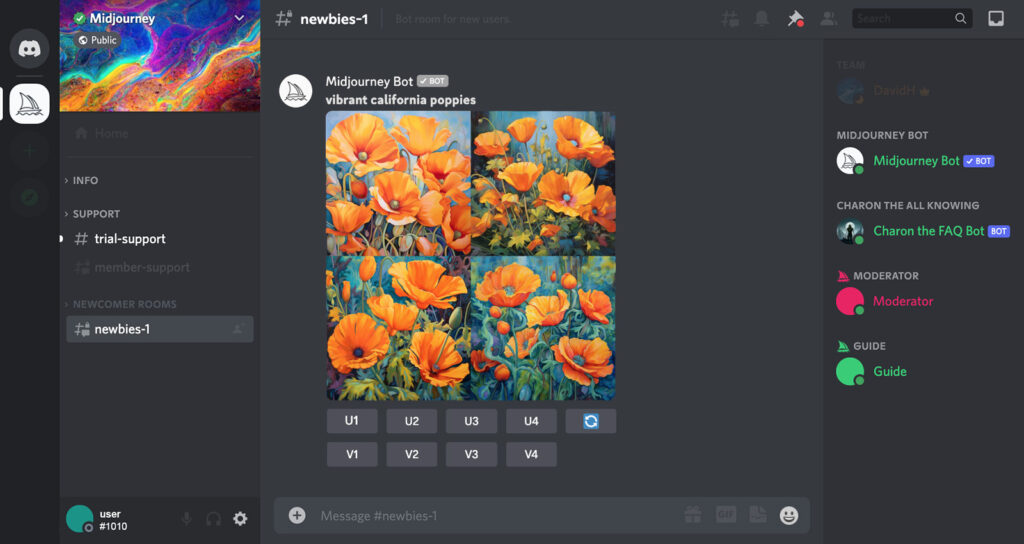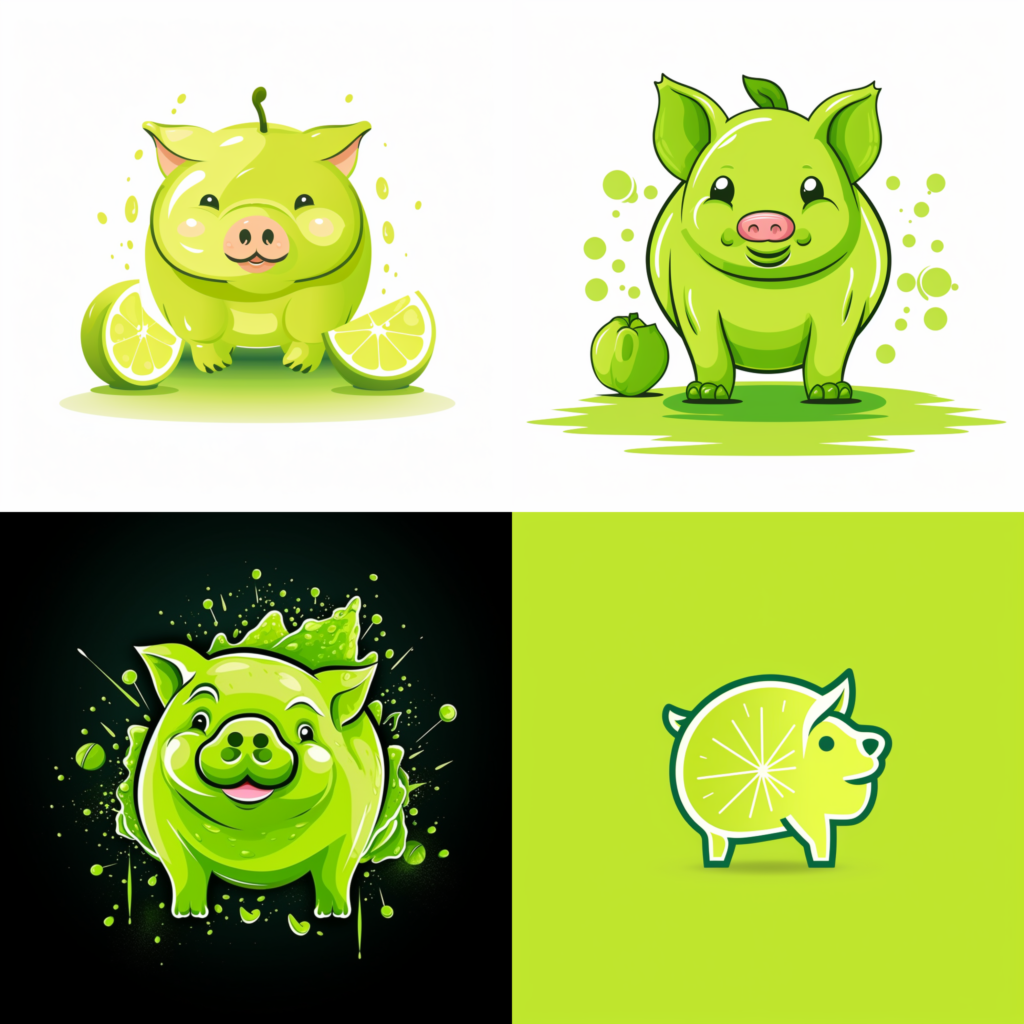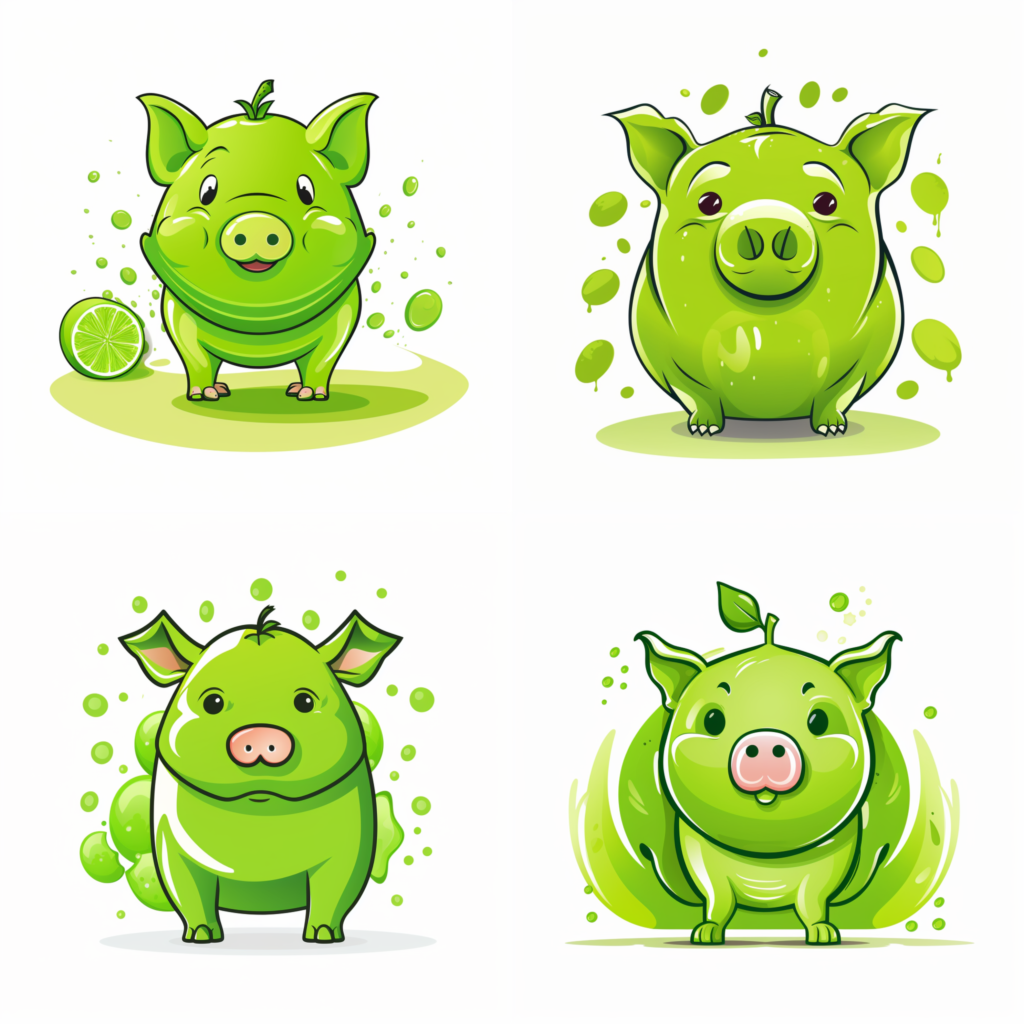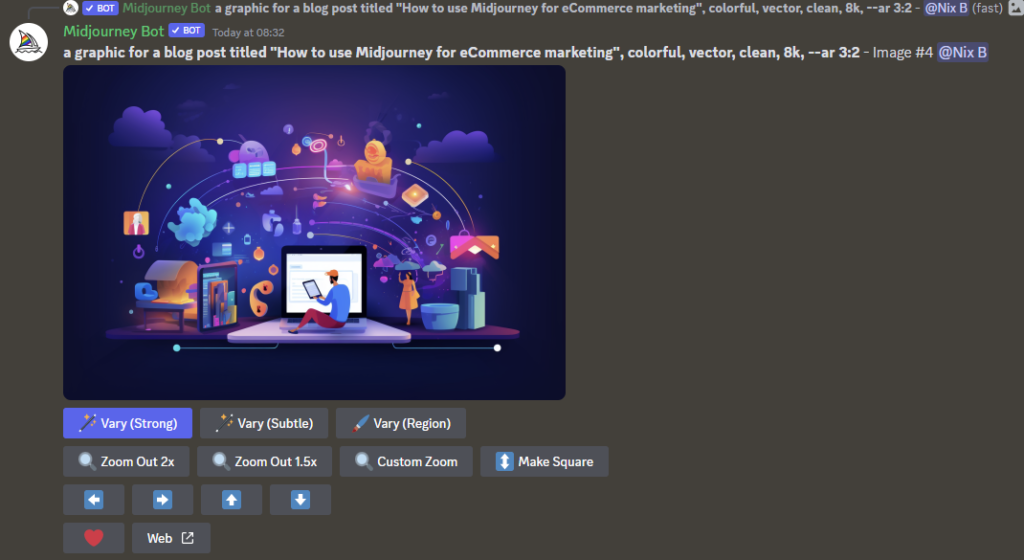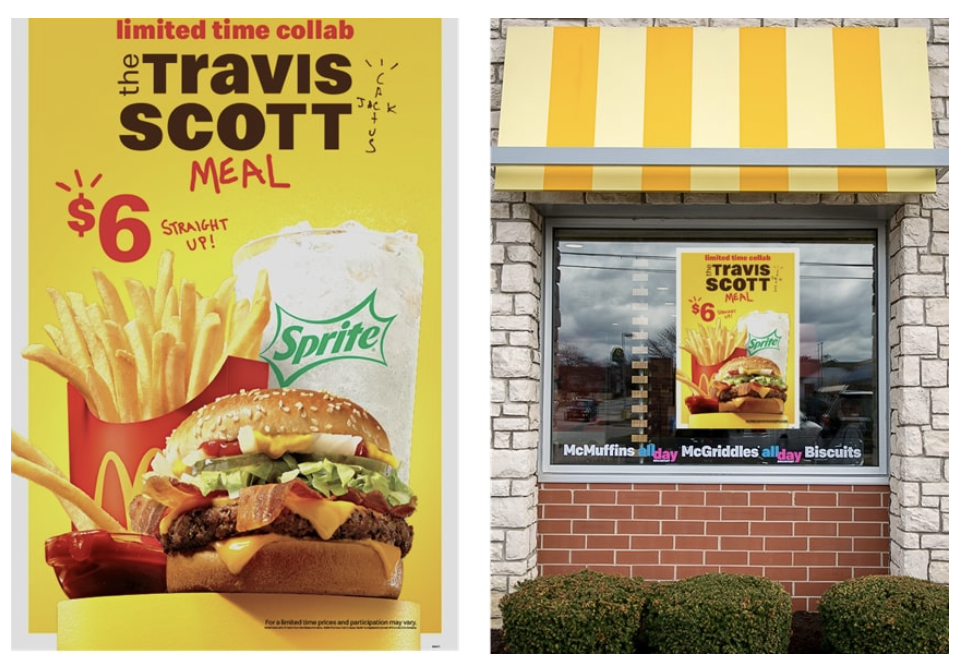Generative AI (GenAI) is taking most industries by storm. This is primarily thanks to significant strides made in GPT (Generative Pre-Trained Transformer) and innovative text-to-image tools, such as Midjourney, which have pushed the capabilities of GenAI to new heights. ...
Generative AI (GenAI) is taking most industries by storm. This is primarily thanks to significant strides made in GPT (Generative Pre-Trained Transformer) and innovative text-to-image tools, such as Midjourney, which have pushed the capabilities of GenAI to new heights.
Thanks to these innovations, GenAI now opens doors to exciting possibilities, from tackling complex challenges and sparking artistic flair, to lending a helping hand in scientific research.
In this post, we will discuss one of these breakthroughs, Midjourney — answering all your burning questions and highlighting the many marketing applications of Midjourney AI for eCommerce. We also include some other ideas on harnessing GenAI for your online store.
Let’s jump in.
What Is Midjourney?
You may already be familiar with Midjourney for its most well-known application of turning any text prompt into visuals. Remember that viral fake image of Pope Francis that was made with AI?
[Source: CBS]
Midjourney is a cutting-edge example of generative AI that transforms natural language prompts into captivating images, text, video, etc.
Newbie Tip: What Is Generative AI?
GenAI (the technology) is not just about converting text to images. It’s a more comprehensive technology encompassing various data analysis and interpretation aspects. While it can certainly be used to generate images from text, its capabilities extend far beyond that.
For instance, it can detect emerging trends in the market, gauge customer sentiment, and identify potential areas for product improvement. These insights are incredibly valuable for online store owners because they help you make informed decisions about what products to offer and how to market them effectively.
What’s even more exciting is that Midjourney AI can predict future trends and customer behaviors based on historical data.
This predictive capability is a game changer. It allows you to stay ahead of the curve by anticipating which products or themes will be in high demand in your industry. This means you can prepare your online store to meet your customers’ needs before they even realize they have them.
Midjourney shares the limelight with AI giants like DALL-E (which was developed by OpenAI), Stable Diffusion, and Microsoft’s Image Creator in the ever-growing landscape of machine learning–based generators. (Some new emerging tools include BlueWillow AI and Leonardo.AI.)
However, these visuals aren’t just for art and internet fun. They also have valuable applications for your eCommerce marketing, including Facebook ads or product images.
But let’s not get ahead of ourselves.
How Does Midjourney AI Work?
Generative AI systems process vast amounts of data to identify patterns and trends. In the case of Midjourney (and other text-to-image tools), this data is correlated into it correlates this data into perfectly structured images.
As a user or eCommerce marketer, you give the AI text instructions (called prompts) on what image it should create. Midjourney AI will then generate four pictures based on your request.
In theory, with Midjourney’s Discord Bot, you can:
Simulate endless brainstorming ideas for design Design striking graphics for content marketing, email marketing, and on-store promotions Create visuals for marketing materials, such as webinars, presentations, and PPC images Generate design elements such as logos and website bannersThe trick is knowing exactly what to prompt. After all, without human prompting, you won’t be able to get to where you need to go. Here’s an example of a simple prompt — and the result — that I did using Microsoft’s Midjourney-like AI tool, Bing Image Creator.
When done strategically, yes, GenAI tools could save time and money on hiring designers. But even better, it can help you make far greater creative leaps, making it one of the best brainstorming tools for marketers.
Side note: To use Midjourney, you will need a Discord account. You can read more about it here.
So, how can image generation help your store?
How to Use Midjourney for Your eCommerce Store
You can use the Midjourney AI tool to improve eCommerce marketing in a few strategic ways. Let’s go through some of the top ones.
1. Marketing Brainstorming
The first way eCommerce brands can use Midjourney for marketing is by using it as a brainstorming tool. Exploring the program and fine-tuning prompts can help break through blocks and generate ideas that use angles you would never have thought of.
Let’s say you want to create a holiday shopping blog post but are stumped. You could use the following prompt:
/Imagine prompt: 10 popular tech products to buy this Holiday season, on display, unwrapped
The result may look a little something like this, giving you a good solid base to start your product list with.
2. Creating Brand Design Elements
Whether you are starting an online clothing store from scratch, or looking for design elements for a new product or promotion, Midjourney can be a good, inexpensive source. Ideas for designs you can create include things like:
Logos Brand identity IconsHere’s a Midjourney prompt I used for a new clothing store logo:
/Imagine prompt: lime logo for an online leggings store that includes a graphic of a pig
And the process and final results.
Of course, the more information you put into your prompt, the better. What type of logo do you need? Do you have a style in mind? What’s your store brand name, and do you want it included?
For example, I took the same prompt as before, adding more specific details:
/Imagine prompt: clean lime logo (vector) for an online leggings store that includes a graphic of a pig (abstract). It should include the name of the store, “Lime Leggings”
Here are some options it came up with.
3. Creating Graphics and Images for Your eCommerce Ads
The next marketing element that Midjourney can help you with is your eCommerce ad or promotion visuals. Let’s say you want to create an Instagram ad promoting a new apparel product. You could create a prompt of something like this:
/Imagine prompt: a visual for an ad promoting a new pair of leggings, athleisure, people in their 60s, fun, sassy, bright, and colorful
The idea is to give Midjourney specifics in terms of tone and feel to get it as close to what you’re looking for as you can. Here’s what we (me and Midjourney) came up with.
Here’s a quick tutorial to get you started.
4. Images for Content Marketing
Midjourney could be a good source for you if you’re looking for a blog feature image, a social media graphic, or a marketing design for your weekly newsletter — especially if you’re on a budget or in need of a creative boost.
Here’s a prompt example I used for a blog feature image:
/Imagine prompt: a graphic for a blog post titled “How to use Midjourney for eCommerce marketing,” colorful, vector, clean, 8k, –ar 3:2
Look familiar?
This, of course, is just the tip of the capabilities iceberg. If you go down the AI rabbit hole, you will find far more advanced capabilities, particularly when combined with a wider range of AI.
Here’s a video highlighting how the AI Makers Lab created social media graphics using Midjourney, chatGPT, Make, and Airtable.
The Ethics of GenAI
It’s important to point out that it’s still a bit of the Wild West right now regarding Midjourney and other GenAI tools. There are many legal gray areas and concerns that have yet to be addressed, and, therefore, much is still left to personal ethics on where to draw the line.
Here are three main areas you should be ultra-aware of right now:
Image copyright. The copywriting laws on tools like Midjourney are not finalized. The tech industry is still determining who owns an artwork created by Midjourney: The data sets it derives the images from, the artist it’s copying, or the person whose prompts mastered the final image? Damaging stereotypes. AI can only use the data it’s been fed, and a lot of the time, the data is narrow, influenced by the biases of humans loading the data. Results can reflect certain ideological/societal/political stereotypes. Human creativity. While many content creators and artists embrace tools like Midjourney, there are resounding concerns by the creative community on how AI might devalue their own creativity, art, and efforts.Bonus: How Generative AI Can Be Integrated into Your Online Store
Like with any eCommerce AI, GenAI offers online retailers advanced streamlining, automation, and optimization.
When used correctly, GenAI is like having an intelligent virtual assistant for your online store. The trick is integrating it at the right place.
Next are the main eCommerce management and marketing areas that GenAI can help streamline and optimize.
Personalized Shopping Experiences
Imagine if your online store could understand each and every store visitor’s preferences and needs.
GenAI can potentially do just that.
It analyzes data like past purchases, browsing history, and even the time spent on specific product pages to suggest products tailored to each visitor. This personalization leads to higher conversion rates and happier customers — AKA, optimized customer experience.
Pro Tip: How to Use GenAI for Personalized Product Recommendations
GenAI collects data on each visitor’s interactions with your Shopify store. This includes the products they view, add to their cart, and purchase. It then employs recommendation algorithms to analyze this data and identify patterns.
For instance, if a customer frequently views tech gadgets and has a history of buying similar products, the AI will suggest other relevant tech gadgets.
Customer Support
With GenAI, you can provide instant support to customers, 24/7. It’s like having a tireless assistant who can answer common questions, guide customers through the purchase process, and even track orders. This ensures that customers get the help they need whenever they visit your store.
Here are some Shopify customer support apps that use Chat GPT:
KamiChat HeiChat Wizybot Rep AI: ChatGPT Sales ChatbotData-Driven Decision-Making
GenAI, like most AI technologies, is equipped with robust analytics tools that provide actionable insights. Based on historical data, it can predict future market trends, customer behavior, and product performance.
These insights enable data-driven decision-making, helping Shopify store owners make informed choices about product offerings, marketing strategies, and more.
Let’s say you run an office equipment store. Based on historical data, GenAI predicts that home office equipment will be in high demand during the holiday season, driven by the trend of remote work. Armed with this insight, you could then proactively market and stock home office products to capitalize on this expected surge in demand.
Smart Inventory Management and Optimization
Managing inventory can be challenging for eCommerce businesses. GenAI uses data and trends to predict which products are likely to sell well, and when. This helps you avoid overstocking or running out of popular items, saving money and keeping your customers satisfied.
Additionally, GenAI’s predictive analytics capabilities extend to inventory management. By analyzing historical sales data, market trends, and seasonality, it can forecast demand accurately. This helps Shopify store owners avoid overstocking or understocking products, leading to cost savings and improved profitability.
Some AI-powered inventory management Shopify apps include:
Bucephalus Smart Purchase Orders Stock ConciergeExample: How GenAI Can Help Make Inventory Decisions
Your Shopify store sells outdoor gear. GenAI predicts that hiking boots will be in high demand during the upcoming summer season based on historical data and the trend of increasing outdoor activities. As a result, it advises you to increase your inventory of hiking boots to meet expected demand.
Customer Engagement
Beyond personalized recommendations, GenAI can assist in creating engaging content, such as blog posts and social media content, aligned with SEO best practices. This content can attract and retain customers, further enhancing your brand’s online presence.
It can also be used to optimize product descriptions so that they are optimized for both bots and shoppers. A great free tool to test is AI ChatGPT Description.
Wrap Up
The bottom line is that when used strategically, Midjourney AI and other generative tools have the potential to help you enhance customer experiences, streamline operations, and drive growth. But you still need to drive it. It’s not a magic bullet, you need to nudge it (or prompt it, if you will) in the right direction.
By harnessing the power of artificial intelligence (by using the tools that embrace this technology), businesses can stay competitive in the ever-evolving world of eCommerce.
The post What Is Midjourney AI and How It Can Boost eCommerce Marketing appeared first on .





